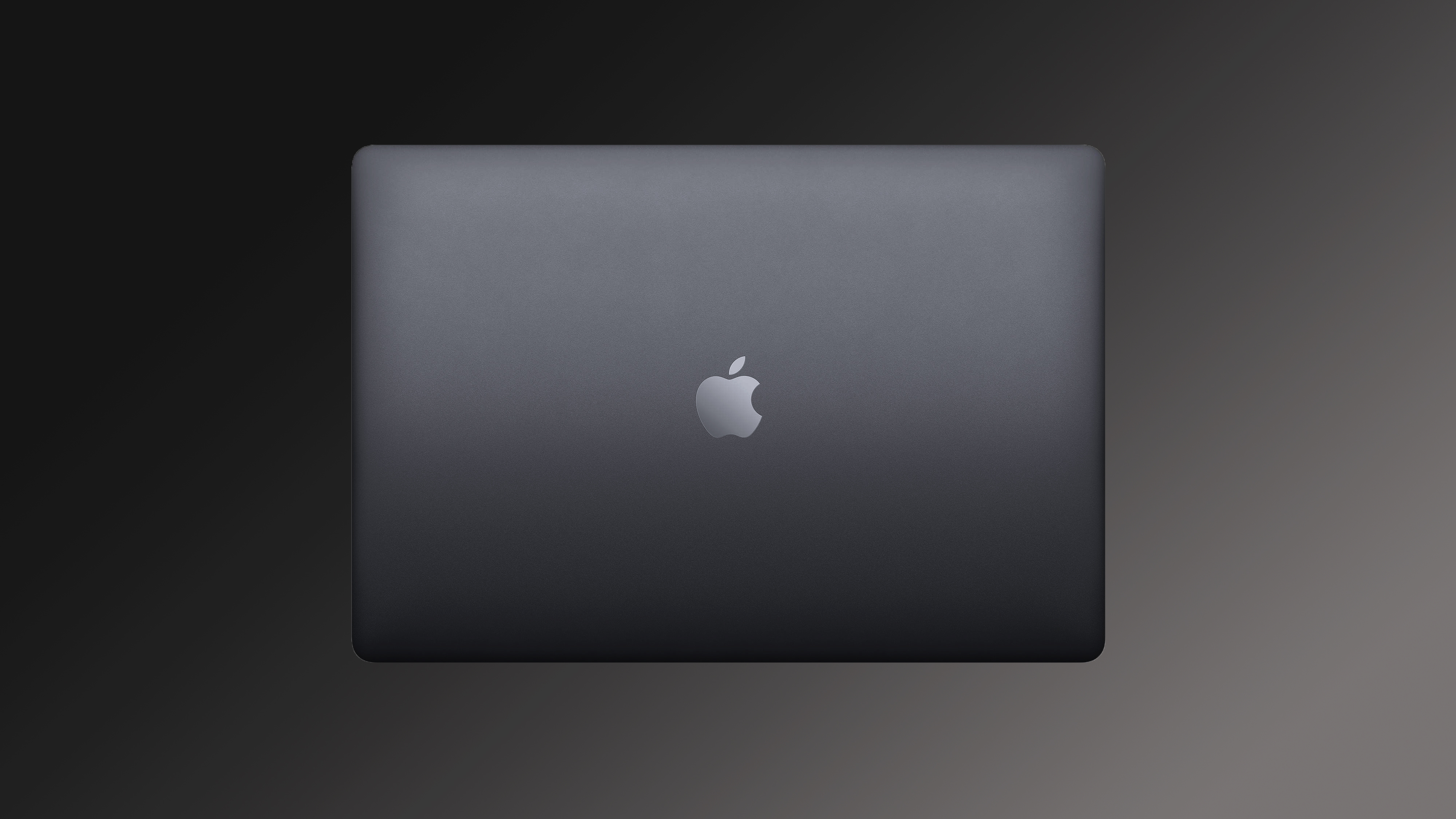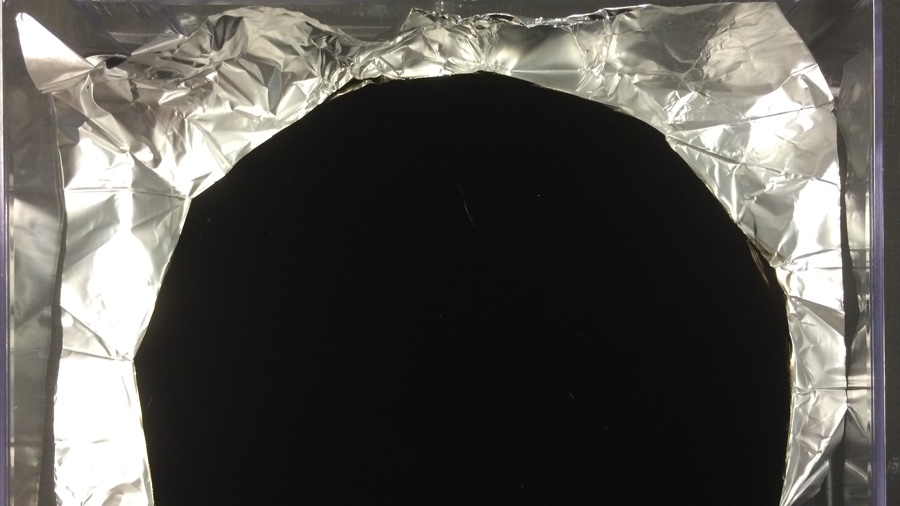New ULTRA-BLACK Apple MacBooks could be its coolest ever notebooks
How much more black could a black MacBook be? The answer is none


Ever wondered why Apple doesn’t make black MacBooks and MacBook Pros and why iPads are space grey? According to a new patent unearthed by Patently Apple, the problem is that for Apple, black simply isn’t black enough. So Apple has invented a new kind of black that’s blacker than the blackest black any other manufacturer offers, and it might put it on a MacBook.
According to Apple’s patent, the problem is that the anodised aluminium it loves so much is just too reflective to deliver a true black. “The best attempts have only obtained a dark grey color,” it explains. “Merely depositing dye particles within pores of an anodized layer is insufficient to impart a true black color.”
- Google Pixel 5 Pro breaks cover and the Samsung Galaxy S21 should be worried
- Apple Watch Series 7: Tim Cook says "mind-blowing updates are coming
How to think different and make black Macs
Apple’s solution is to use microscopic etching on the surface and/or to deposit multiple metal oxide layers, both of which would massively reduce the amount of visible light reflected from the surface.
As the patent explains:
The etched anodized surface of the enclosures having light-trapping features (also referred to as light-absorbing features) is capable of absorbing generally almost all visible light incident thereupon. Additionally, whatever visible light not absorbed by the light-trapping features is diffusely reflected by the light-trapping features. As a result, the etched anodized part is characterized as having a matte, low gloss finish. The matte, low gloss finish combined with black color particles infused within pores are capable of hiding surface geometries of the external surface.
It’s similar to (but considerably less extreme than) Vantablack, the world’s blackest paint – a paint that’s so good at trapping light it can hurt your brain just to look at it. That uses nanotube arrays to trap up to 99.965% of visible light, and the effect is remarkable.

This is Vantablack. No, we haven't just painted a section of the image black in Photoshop.
Why the blackest blacks hurt your brains
What we think of as black is still very reflective, so for example when we look at a black car, even a matte one, we can see the shapes and creases and curves of its body panels. But with Vantablack, it just looks like somebody’s cut a hole in reality.
Get all the latest news, reviews, deals and buying guides on gorgeous tech, home and active products from the T3 experts
Vantablack is not the darkest material in the world – that honour currently goes to MIT, which has developed a material that reflects just one-tenth of the light Vantablack does – but it’s the darkest that’s available commercially.
Light-trapping paint can do weird things to our brains. In 2019, French DJ Gesaffelstein played in front of a Vantablack monolith at the Coachella festival: one of the sound engineers ended up inside it, became hopelessly confused by the lack of anything, lost his balance and fell over. As one audience member commented on Twitter: “This is exactly why we were sober and thought we were trippin balls lol amazing.”
"That is really bad for the eyes"
Vantablack is a real-life version of the paint used in The Hitch-Hiker’s Guide To The Galaxy series, where Ford Prefect encounters the none-more-black stunt ship of heavy rock band Disaster Area. “That… is really bad for the eyes,” he says. “Your eyes just slide off it.”
Will your eyes slide off a black MacBook? Probably not: what Apple’s going for here is just a really black black, not something that’s so dark it’ll cause you genuine existential dread if you spot it in your peripheral vision. Or at least, that’s what it’s going for now. Who knows what’ll happen if Apple embraces the dark side?
Writer, musician and broadcaster Carrie Marshall has been covering technology since 1998 and is particularly interested in how tech can help us live our best lives. Her CV is a who’s who of magazines, newspapers, websites and radio programmes ranging from T3, Techradar and MacFormat to the BBC, Sunday Post and People’s Friend. Carrie has written more than a dozen books, ghost-wrote two more and co-wrote seven more books and a Radio 2 documentary series; her memoir, Carrie Kills A Man, was shortlisted for the British Book Awards. When she’s not scribbling, Carrie is the singer in Glaswegian rock band Unquiet Mind (unquietmindmusic).
